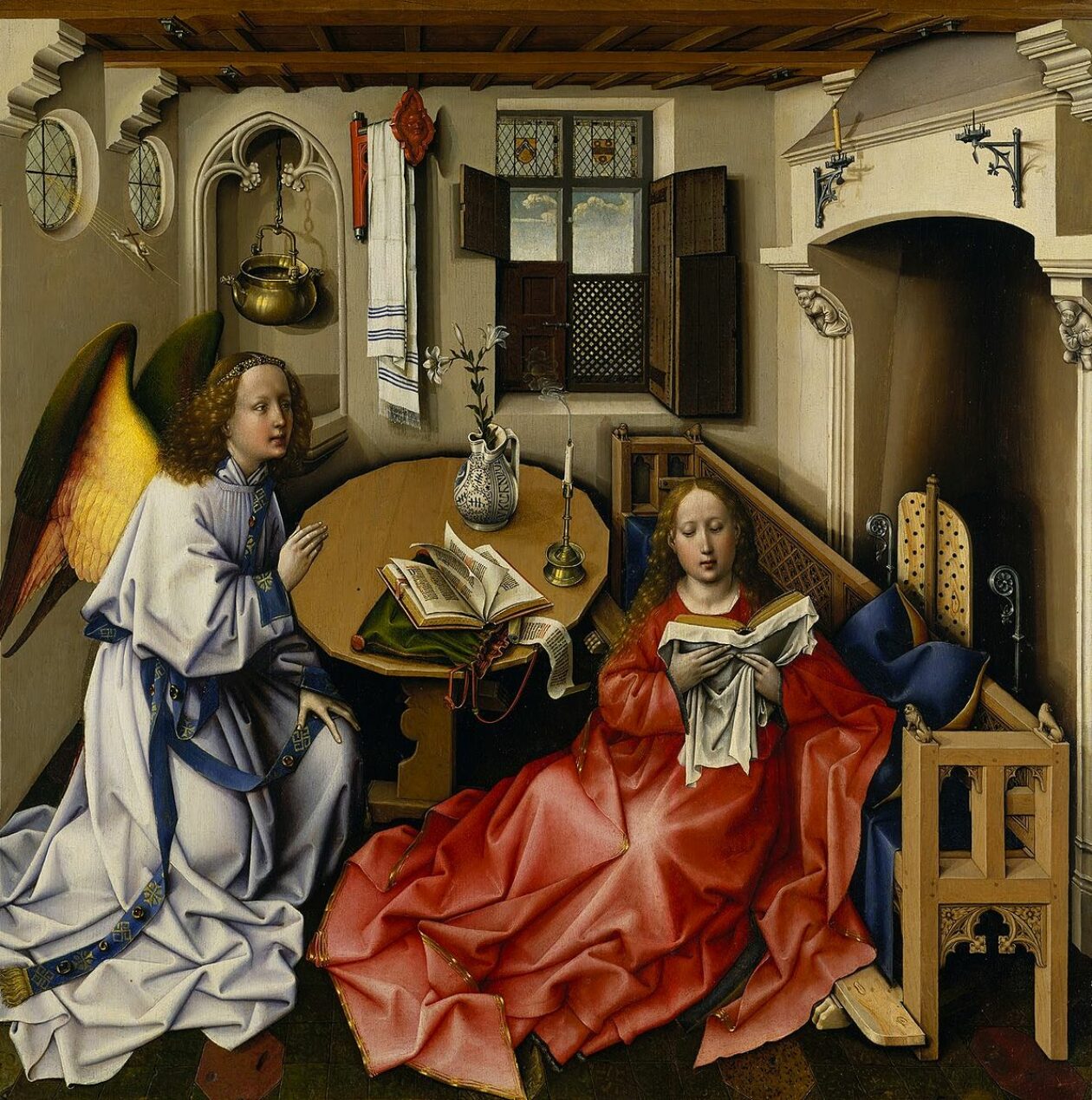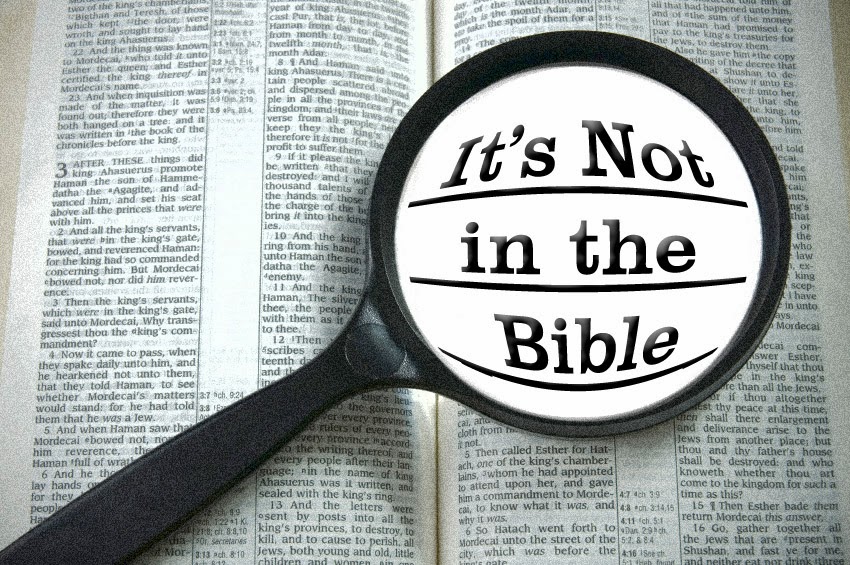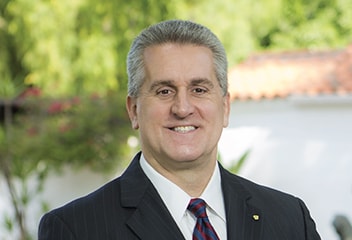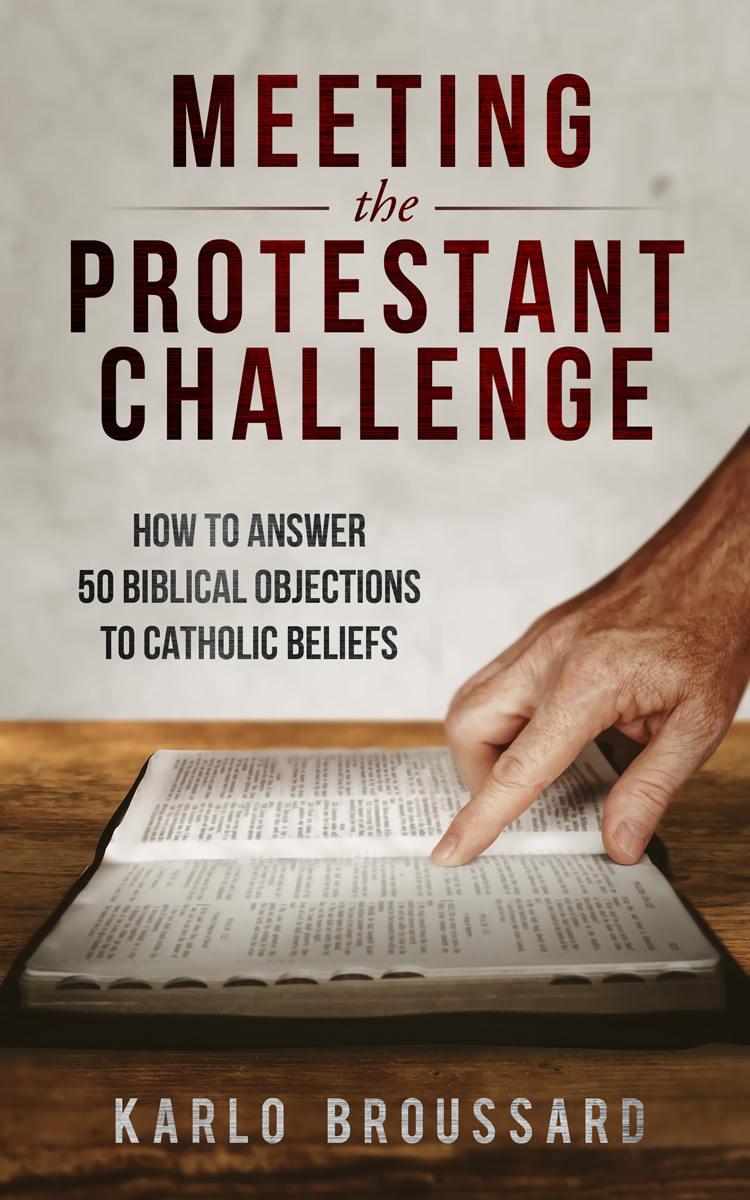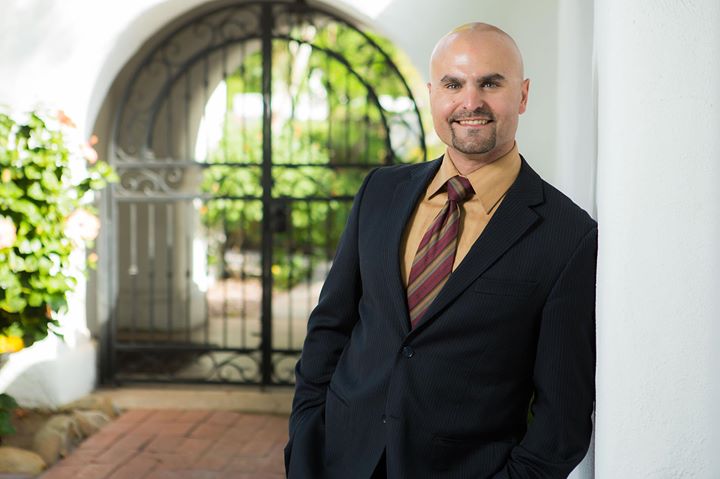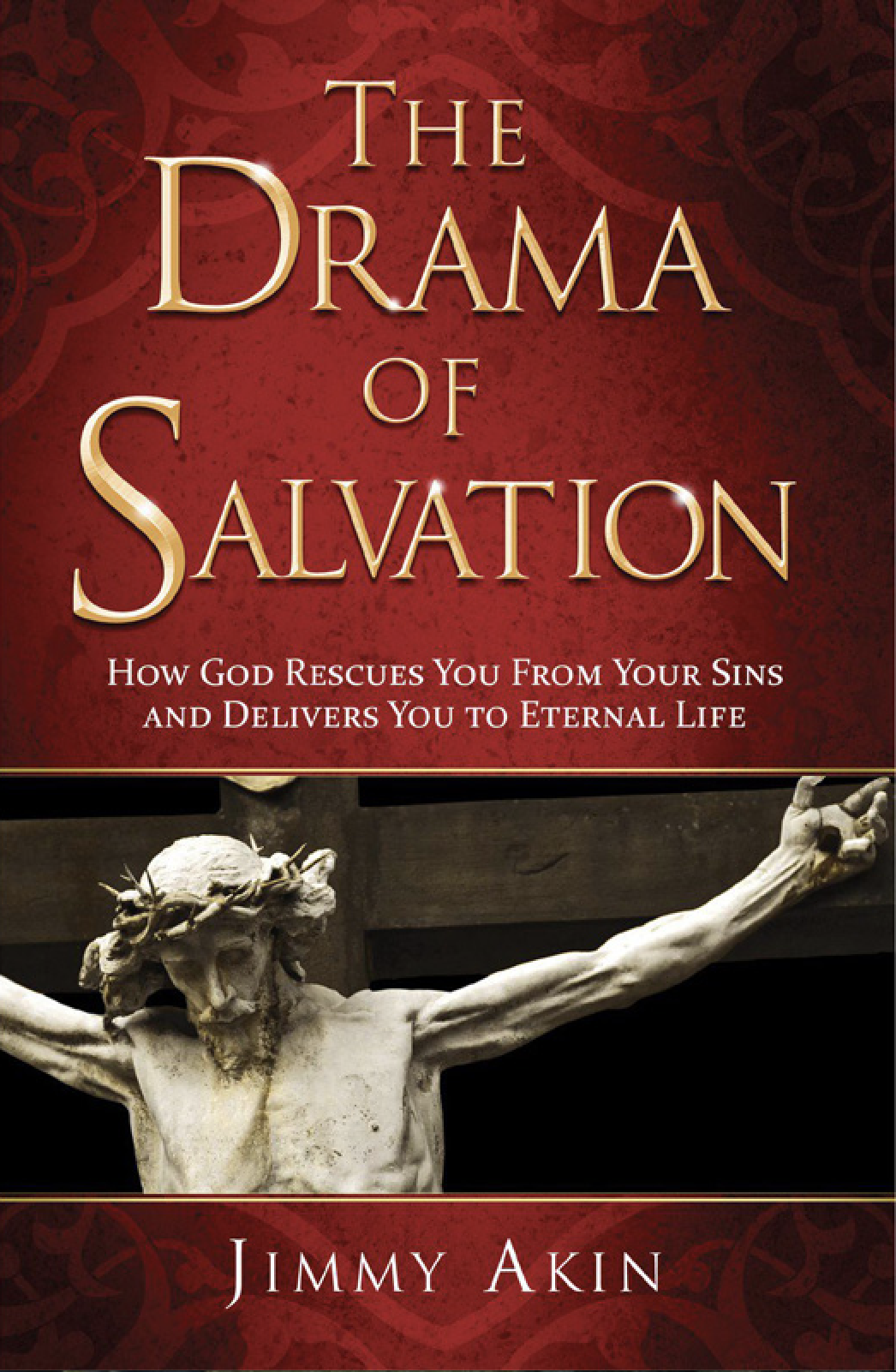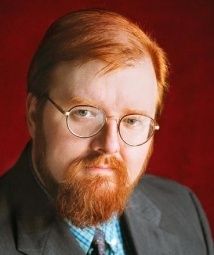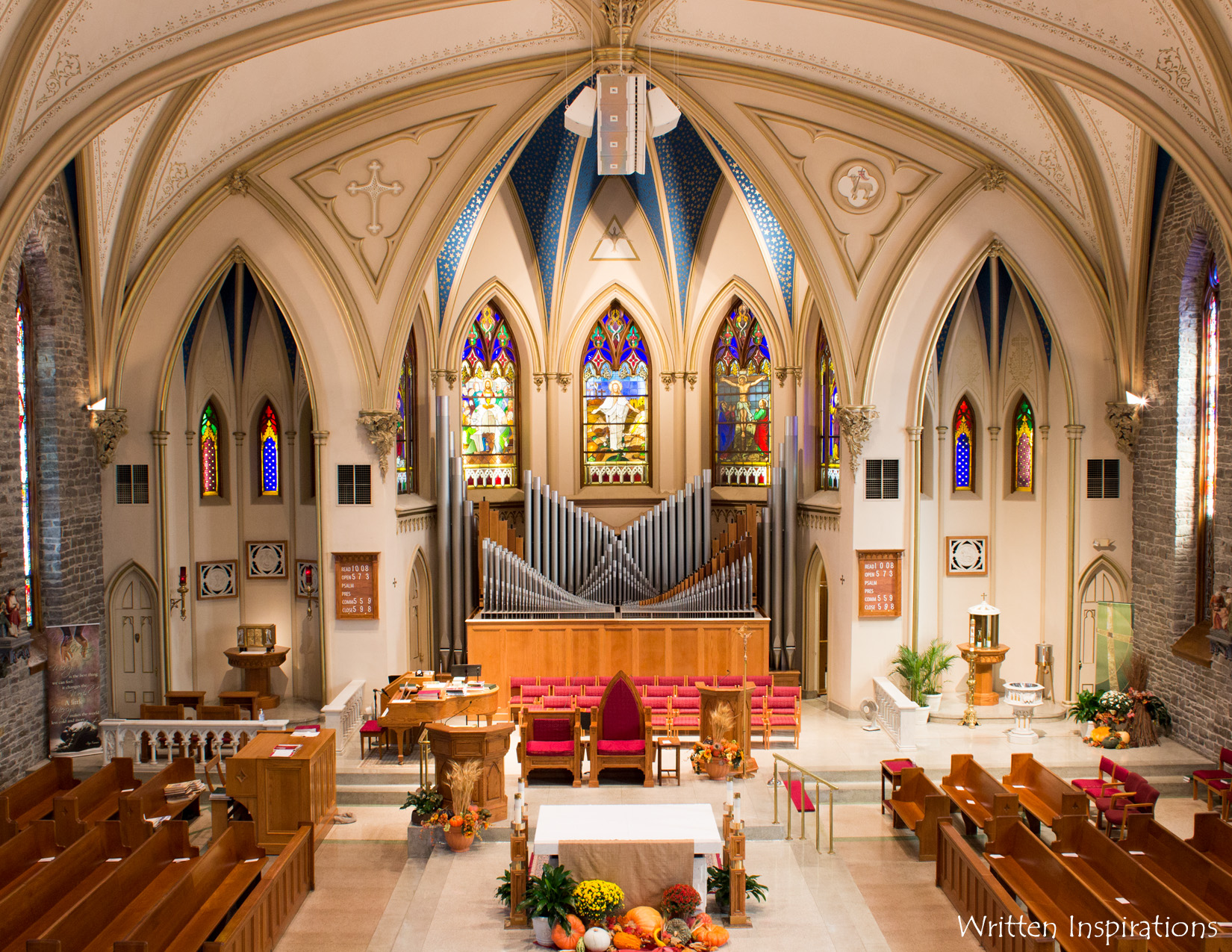The Word of Life Led us to the Bread of Life
https://chnetwork.org/story/word-life-led-us-bread-life/
ULF EKMAN is the founder of Word of Life, a non-denominational Charismatic church in Uppsala, Sweden and was its Senior Pastor for 30 years. In May of 2014, he and his wife, Birgitta, left their ministry and joined the Catholic Church. Ekman has held conferences and leadership seminars in many nations, especially in the former USSR, Eastern Europe, and India. He founded Bible schools and a theological seminary, hosted a television show aired in many nations, and has written more than 40 books and booklets, which have been translated into over 30 languages. For three years, he and Birgitta lived in Jerusalem. They currently live in Stockholm. They have four grown sons and seven grandchildren.
“When my wife, Birgitta, and I announced publicly on March 9, 2014, that we were becoming Catholics, it was the end of a long process over many years.
I was the senior pastor of a non-denominational Charismatic church, Word of Life, in Uppsala, Sweden. We started this church in 1983, and it had grown locally over the years to include a large network of new churches in many nations, especially in the former Soviet Union. We had been deeply involved in missions, church planting, and outreach in Europe, Russia, and Asia. We had started Christian schools and Bible schools and published thousands of books in 30 different languages.
To stand in the pulpit in our 4,000 seat church building and announce to our dear congregation that we now, after 30 years as their pastors, had come to the conclusion that we would become Catholics, was not easy. For some of our members this was an emotional tsunami; for others, who knew us better, it was the confirmation of their suspicions.
It was indeed the fruit of a long development stretching back some 15 years. It was not a hasty decision, even if for many it came as a surprise and a shock.
I had met my wife, Birgitta, as I studied to become a Lutheran minister at the University of Uppsala, Sweden in the mid-1970s. In May of 1970, I had come to a personal faith in Jesus Christ through strong conversion from a secular lifestyle. Birgitta had a Methodist background. Her parents were Swedish Methodist missionaries in India. When we met, we both had experienced the Evangelical life and the Charismatic movement. We loved Jesus and wanted to serve Him with all of our hearts.
My studies completed, I was ordained a Lutheran minister in 1979 and became a student chaplain at Uppsala University. This gave me an opportunity to continue to do what I had loved doing throughout my studies: to lead Bible studies and to evangelize among students.
In the early 1980s, we decided to take a year off to study more about the Charismatic life at a Charismatic Bible school in the USA. This was a huge step of faith for us, and we had to trust the Lord for all our needs. I learned a lot about the Christian life that I had never learned at the secular state university back home, with its rather liberal theology department.
When we returned to Sweden, we started a non- denominational Bible school and a new ministry that we called Word of Life. Eventually, I resigned as a Lutheran pastor, seeing that our activities involved church planting and our way of working was more Pentecostal/Charismatic in style and theology. The ministry, the Bible school, and the newly started church grew. Many, mainly young people, were attracted to it. There was a real hunger in Scandinavia, a desire to follow and serve Jesus. We started to send out many evangelistic teams and eventually long-term missionaries.
At the end of the 1980s, the Iron Curtain collapsed. Living only two hours by air from Moscow, we were able to engage heavily in missions into the Soviet Union and the Eastern European countries. From 1989 onward, it was an amazing time, an unprecedented opening for the Gospel into these former Communist nations. It filled us with joy and purpose as we shuttled in and out, preaching and teaching. Atheism had been the norm in Russia for seven decades, but now we saw thousands of people turning to Jesus and new congregations being formed. Numerous Bible schools sprang up to train and equip these new Christians.
During this adventurous and busy time of the early 1990s, I visited Albania. We had a unique opening there, and I was able to preach at the main stadium in Tirana, the capital of Albania. We had brought with us our big choir, and 20,000 people filled the stadium. Our event was broadcast on state television in spite of the fact that Albania still had a Communist regime. It was amazing to see how people responded to the Gospel and how they hungered for Jesus Christ.
The following year, the Communist regime fell, and I returned to Albania and met the President-to-be. His elderly male secretary seemed particularly happy to see me; he greeted me with these words: “I am also a Catholic.”
This jolted me a bit, and I thought, “I am not Catholic, but Protestant.” And in my mind, the following thoughts raced quickly: “In justification, I am Lutheran, in holiness more of a Methodist, in Baptism more of a Baptist, but not just a Baptist, because I do believe Baptism actually confers the Holy Spirit. In believing in the Holy Spirit, I am more of a Pentecostal, but not just a Pentecostal, but also a Charismatic.” All this — really the history of the developments and divisions in the Body of Christ — raced through my mind. As I clearly did not know how to communicate all this to a happy Albanian who thought I was Catholic, I merely replied, “God bless you, brother!”
I found unforgettable this momentary experience that I was not in the center of the Church, but more on the peripheries, influenced by inner divisions and constantly splintering new movements. Although I had seen many wonderful things in my work, I was still a part of these divisions. Yet I knew the Bible taught unity and understood that this disunity was not what Jesus wanted from His Church. From this moment in Albania, the question of unity started to grow in me.
Some years later, I encountered a number of related challenges in our widespread missions work. They concerned authenticity in leadership and the need to have some form of doctrinal authority (or what Catholics called “magisterium” — although, of course, I did not use this term). When theological and moral issues arose, who had the right to decide what was to be believed? Who had the last word, and on what basis? How are authentic pastors appointed? Can just anybody start a group and call himself a pastor? In what relation did our pastors stand to other leaders, to be helped and corrected?
When everything was going well, it seemed like the independent and congregational view worked well enough; it was practical and effective. But when things started to go wrong, we had real trouble. Who could intervene in a local congregation or into a leader’s life and ministry — and on what authority? These reflections and actual experiences in our missions work led me to study and reflect more deeply on what the Church actually is.
By the end of the nineties, these thoughts were a constant challenge to me. It seemed the Lord was urging me to get to know the essence of the Church. I felt compelled to search, not only for the most effective strategies and activities for the church, the missions, and the evangelization, and not only for the building up of congregations and the training of leaders. I had to go deeper. I had to know the very essence of the Church. I realized more and more how weak I was in ecclesiological understanding and how pragmatic, even shallow, my understanding of the Church really was.
This led to a gradual change in my theology. There were ideas that were prevalent in our particular Christian circles that I had never really reflected on, even though I believed and taught them. Among these was a definite lack of respect for the past, for Christian history. Progress, growth, and “visions for the future” occupied us, at the expense of our historical sources and church tradition. We were anti-institutional because institutions were seen as threats to evangelical and spiritual freedom. A suspicion of perceived leadership abuse was prevalent, and the idea of obedience was not a popular concept. Personally, I saw the need to strengthen the training of pastors and leaders; I even wrote a book about it. But in our charismatic culture, “authority” was often viewed as a hindrance to the initiatives of the ordinary believer. There was an understanding of the common priesthood of the believer, but not really of the ministerial priesthood, at least not in the Catholic sense of the word. Little by little, I became aware of the need of all these things we Evangelicals had rejected. I started to study more about the historicity, the continuity, the authenticity, the authority, and the sacramentality of the Church. It was in this quest that I began to find the answers I was looking for, although I did not at first want to admit it.
I started to see that many of the activities we had engaged in were good and needed, but in themselves, they were not enough. I realized that we should not have to “reinvent the wheel” in every new generation. Continuity was stronger than discontinuity, and we were supposed to build on something that existed before us instead of departing from it or disdaining it as outdated or dead. This was a sobering and uncomfortable challenge, although in the end, it became very satisfying because of all the treasures we were discovering. Even more uncomfortable, especially at first, was the fact that the best answers to my ecclesiological questions invariably came from a source that I did not want to recognize: the Catholic Church.
While these questions were swarming in my mind, my wife was busy reading about St. Birgitta of Sweden (St. Bridget in English). 2003 was the 700th jubilee of St. Brigitta’s birth. At that time she was the only Swedish saint canonized by Rome, and there was a renewed interest in her. While my Birgitta was studying about her, she encountered a number of problems. This saint was certainly strongly used by God and loved Jesus dearly. St. Birgitta heard from the Lord, but she also — and this was troublesome — talked with Mary. Even more troublesome, Mary replied to her! We thought she must surely have been mistaken about these experiences with Mary, that she had confused Mary with the Holy Spirit. We spent a great deal of time reflecting and discussing these things. Slowly but steadily this took us to a point where we had to reconsider the place and purpose of the Virgin Mary, which previously was so unfamiliar to us as Protestants. For us, the question about Mary was not the last nut to crack, but the very first one we had to deal with in our quest into the Catholic faith. In this way, the Virgin Mary became our entryway into the Catholic Church.
At this time we were sent by our Word of Life church to start a study center in Israel. We moved to the village of Ein Kerem on the outskirts of Jerusalem. Ein Kerem is the village of John the Baptist and the meeting place for Elisabeth and Mary. For us, too, it became a meeting place with Mary.
The three years we spent in Israel brought us a much deeper respect for our spiritual roots and for the continuity of the faith. It was a place where the divisions in the Body of Christ became painfully visible to us. Christian unity became a deeper concern than ever before.
Wherever we were in Israel, we bumped into Catholics. In Sweden, we rarely met them, but here in Israel, they were everywhere. And as we got to know them, they impressed us as great Christians, open and loving, with a great love for Jesus. Much of our ignorance and inherited prejudice crumbled in this atmosphere of free communication with our Catholic brothers and sisters. We had the usual questions, and they were important to us: questions about the Pope, Mary and the saints, — and of course purgatory. We needed answers.
These questions were rooted in our Protestant belief in Sola Scriptura, in which we were steeped. Gradually it dawned on me that “Scripture alone” was really not so scriptural after all. Nor was it true that Catholics put Tradition, the Church, and the Pope over the Bible, or that they never read the Bible. Another Protestant misconception was that the Catholic Church tried to keep the Bible away from the lay people. These were propaganda and myths that we had unwittingly inherited from the time of the Reformation, still prominent in our culture.
It was now that I encountered another term, much more in line with Scripture and how the ancient Church actually understood Scripture: “the primacy of Scripture.” I also started to realize that understanding true Tradition was basically the key to how to read Scripture. I began to see that there is a real need of a Magisterium which, with the help of the Holy Spirit, can discern the true interpretation of Scripture in times of arguments and disagreements. We were not just left to ourselves; so it was not just about “me, my Bible, and Jesus.”
This was actually a great encouragement. It was a tremendous help in discerning that there is an objective truth in Revelation, and that this truth was deposited in the Church, which has safeguarded it and handed it on safely to succeeding generations.
One day, we took a walk in the Yemenite valley outside Ein Kerem. As we passed an old olive tree, I felt a question from the Holy Spirit. He had a lesson about pride for me to learn. “Look at this olive tree; it is dead, isn’t it?” Looking at it casually, it really looked like it was dead. It had holes right through the trunk. So I thought: “Yes, it is.” Then I sensed: “Look again.” And, looking again a little closer, I did see many small green leaves all over the branches. It was not dead at all. And inwardly I heard something I will never forget: “Don’t you ever call anything dead again.” I understood it clearly to refer to the criticism and scorn that from time to time I had felt and expressed towards the traditional, historical churches. I had to repent of my sin of pride then and there.
Through the years we had the opportunity to travel frequently, and this opportunity took us to Rome. Rome made a deep impression on us. The first time we went there together was in 1999 before we lived in Israel. We spent a week looking at churches and ancient monuments. Along the way, we discovered some excellent religious bookstores. We prayed and read a lot and discussed many subjects.
At his Wednesday audience, Pope John Paul II came quite close to us in his popemobile. My wife took the opportunity to give him a loud greeting and shouted happily, “God bless you, Brother!” I wasn’t quite sure if he was a brother or not, but when I considered my thoughts on the matter, I felt rather ashamed. Of course, he was a brother in the Lord, but I had to admit there had been times when I was not willing to recognize this.
In that very moment of my review of conscience, a young man next to me turned to me, asking: “Who is the Holy Father for you?” Surprised, I replied diplomatically: “The Bishop of Rome.” The young man returned, with serious eyes looking at me: “Is that all he is?” I had no answer. I felt caught, uneasy, with a guilty conscience. As I fumbled for an answer, the Lord again had a lesson for me.
From Israel, we traveled several times to Rome and continued our discoveries. Once, when we were in St. Peter’s Basilica, we had the opportunity to go down into the Scavi (the archeological excavations) under the sanctuary, where some bones of St. Peter apparently had been found. For me this was astonishing. I stood there and looked at these pieces of bone that very well could be from the buried body of Peter the Apostle. And as we climbed up the stairway to the sanctuary again, I realized that right above this grave was the high altar in the center of this magnificent church, where the successors of St. Peter celebrate the Eucharist. In that moment, the unbroken line from the ancient Church until today overwhelmed me.
The reality of this unshakable faith and unshakable Church, built by Christ on His Apostle Peter, whom He called “the rock,” came crashing down on me. As we walked out, my mind was completely filled with questions and wonderings about what we had seen. Is this really and actually the Church that Jesus founded? As I stepped out on the stairs outside the church, together with my wife and a friend, all three of us in an instant saw the exact same thing: the sky was, as usual, filled with birds flying back and forth. But suddenly, from high up in the sky and down over the great square, the birds formed a gigantic exclamation mark, perfect in shape, complete with a dot underneath it. It seemed that all the birds stood still for a moment in that formation. All three of us saw this surrealistic phenomenon, independently of one another. Meanwhile, in my mind, all my question marks were turning into a huge exclamation mark, as if the Lord were saying. “Haven’t you heard and seen enough now to believe?”
Grace turns our questions into answers, not by our own independent intellectual strength, but by Him revealing truth to us. We can only receive in faith and believe.
We began to realize more in-depth that the Catholic Church is the original, authentic, and true Church. That did not mean we didn’t see other Christians in other denominations as brothers and sisters. Of course, they are! Instead, it meant that there is something about the Catholic Church that every Christian needs and actually yearns for, even though those on the outside often reject it. It means coming into the fullness of what God wants to give all His children, in and through His Church.
One thing that divides all Christians into two distinct camps is the sacraments. If it is true that the sacraments actually confer grace and are not just symbols of the grace God wills to give us, then many questions arise. In what way is grace conferred? How is the Church safeguarding the sacraments, so that grace can come to us? When are the sacraments valid or invalid?
Of course, Christians differ a lot on such questions, but we were beginning to understand that God’s grace was truly present in the sacraments. The Real Presence of Jesus Christ in the Eucharist became very important to us. But if the Catholic Church taught this and we believed it, we were still on the outside. To be able to receive God’s grace in its fullness, we had to partake of the sacraments and to partake of the sacraments we had to be in full communion with the Catholic Church. I felt like someone standing ready outside a bakery shop. There was a glass window separating me from the good things inside the shop. I saw them, and I wanted them, but I could not participate in them. Frustratingly, we had to become Catholics to partake in their fullness.
From this point on, it became increasingly important how we were to treat and value these truths and treasures deposited in the Catholic Church. It now became a question of communicating what we had been discovering and sharing it with our dear Evangelical brothers and sisters in a good and proper way.
This journey of discovery had taken several years. During that time, over and over again, I heard four short exhortations: “Discover! Appreciate what you discover! Draw nearer to that which you have discovered! Unite with what you have discovered!” The last sentence I put on the back burner for a long time. I was not at all ready for that! Honestly, I wasn’t sure I would ever be able to bring myself to become a Catholic. However, I did appreciate the Church and was strongly attracted towards it. My objections were melting away.
After three years in Israel, with this inner controversy raging, we moved back to Uppsala, Sweden. It was 2005, and I continued as pastor of Word of Life. My views had changed; my teaching and preaching had changed, and I started to share my nascent convictions. Many accepted this change, but not everybody, and I was still not sure of where all this would lead.
After our return to Sweden, we organized several tours to Rome with pastors and leaders from our international network. For many of them, it was a profitable experience, a real eye-opener that helped them to confront the ignorance and prejudices in their own lives, as it had my own. It felt good to be able to share this ecumenical openness with others, and sometimes it seemed like this would be enough. But the question of the meaning of the word “unite” that lingered in the back of my mind was still not resolved. Being in a position of pastoral leadership, with all the responsibilities this entailed, I could not simply forsake the sheep and leave. Over the past thirty years, we had built a community of some 200,000 Christians in many nations. How were we supposed to handle this situation?
From time to time, my wife, Birgitta, would ask me a simple but very compelling question: “But Ulf, what is the truth?” The truth — not convenience, not fear, nor the opinion of others — should be our guiding principle. But we did not want to hurt our people. Sometimes this looked like an impossible equation.
As I was more and more open about my convictions in my preaching and teaching, I also started to get more resistance and criticism. This openness towards the Catholic Church was not what some people wanted to hear, and deep-seated criticisms of the Catholic Faith surfaced. It was quite astonishing how deeply this bias was rooted throughout Sweden and all of Scandinavia. Since the Reformation in the 1500s, it seems the bias had been in our culture, even in our DNA. People who had never studied the subject could become furious if they perceived that I was inching toward Rome. Emotions started to run high, and we took some heat.
Some people started to accuse me of having a hidden agenda, and rumors came out, especially on the Internet, that we were already Catholics. Certain blogs were spreading wild rumors. We were accused of trying to collectively affiliate the whole of Word of Life with the Catholic Church, and there was a lot of murmuring. But the truth was that we, at that point, were not ready, not totally sure and did not yet have answers to all questions ourselves. So I stated what I was convinced of, nothing more. Eventually, we started to see that this position was not acceptable to anyone. I was praying a lot, trying to understand God’s will in these things and how to handle the criticism.
Around this time, we spoke with the Catholic Bishop of Sweden, to let him know where we stood. As I was a well-known public figure, it was arranged that we could receive the RCIA classes privately, with no strings attached. We could make up our mind either way when the course ended. We agreed to have a kind and loving Jesuit priest meet with us once a month for a year.
One night, at two in the morning, I was suddenly wide awake and heard in my heart: “It is time to step out into the water. You can do it in the way of the prophet Jonah or in the way of the Apostle Peter.” Well, I did not want Jonah’s way, running away from God’s calling and getting in all kinds of trouble, so I said: “OK, I want to do it in Peter’s way.”
Following that decision, I fell asleep peacefully. I knew I had been dragging my feet and procrastinating this important decision, but now that time was definitely over.
My wife and I made our move in total unity. Shortly afterward, we told our congregation that we were convinced that we needed to be in full union with the Catholic Church. A media storm erupted, going on for months, but now our hearts were at peace. With great joy and thankfulness in our hearts, on a beautiful spring day, the 21st of May, 2014, we were received into the Catholic Church in a small Brigettine chapel. We have never since doubted this decision for a moment, and every day we are thankful to God for this grace and privilege.”
“O Jesus, sweetness of hearts, delight of the spirit, by the bitterness of the vinegar and gall which You did taste on the Cross for Love of us, grant us the grace to receive worthily Your Precious Body and Blood during our life and at the hour of our death, that they may serve as a remedy and consolation for our souls. Amen.”
-Saint Bridget of Sweden
Love,
Matthew
